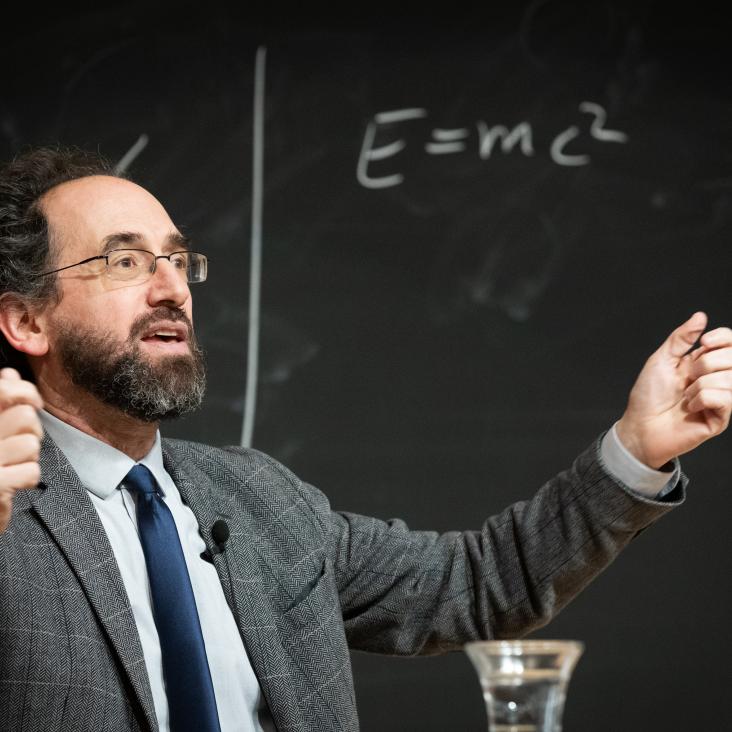Analysis of trapped quantum degenerate dipolar excitons
Applied Physics Letters 89:15 (2006)
Abstract:
The dynamics of quantum degenerate two-dimensional dipolar excitons confined in electrostatic traps is analyzed and compared to recent experiments. The model results stress the importance of artificial trapping for achieving and sustaining a quantum degenerate exciton fluid in such systems and suggest that a long-lived, spatially uniform, and highly degenerate exciton system was experimentally produced in those electrostatic traps. © 2006 American Institute of Physics.The effect of optically-induced random anisotropic disorder on a two-dimensional electron system
Solid State Communications 140:2 (2006) 94-99
Abstract:
We have studied the effect of optically-induced random, anisotropic disorder on the magnetoresistance of a Al0.3Ga0.7As/ GaAs two-dimensional electron system by exposing the heterojunction to an asymmetric laser speckle pattern. Changes in the amplitude of the Shubnikov-de Haas oscillations can be explained in terms of easy and hard conductivity paths parallel and perpendicular to the long axis of the oval speckle grains. We also observe corresponding changes in the electron scattering rates. © 2006 Elsevier Ltd. All rights reserved.Vortex lattices in rotating atomic Bose gases with non-local interactions
Solid State Communications 140:2 (2006) 61-65
Abstract:
We study the groundstates of rotating atomic Bose gases with non-local interactions. We focus on the weak-interaction limit of a model involving s- and d-wave interactions. With increasing d-wave interaction, the mean-field groundstate undergoes a series of transitions between vortex lattices of different symmetries (triangular, square, "stripe" and "bubble" crystal phases). We discuss the stability of these phases to quantum fluctuations. Using exact diagonalization studies, we show that with increasing d-wave interaction, the incompressible Laughlin state at filling factor ν = 1 / 2 is replaced by compressible stripe and bubble states. © 2006 Elsevier Ltd. All rights reserved.Emergent phenomena in quantum Hall systems
Solid State Communications Elsevier 140:2 (2006) 51


